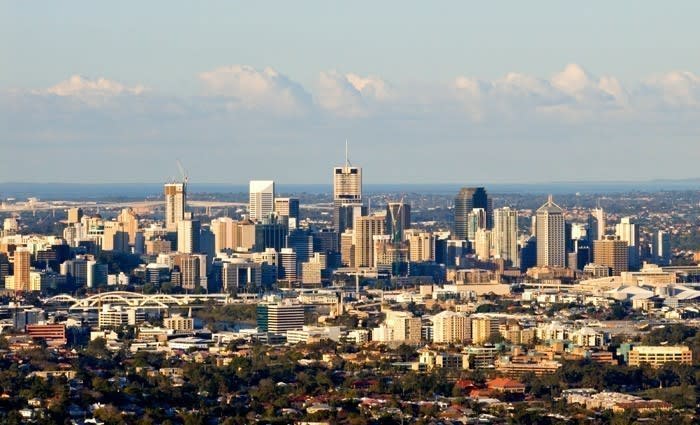Industrial tenants should capitalise on pre-lease offers in Melbourne, Brisbane: BIS Oxford Economics
Current pre-lease rentals on offer to lease new warehouses in Melbourne and Brisbane offer a good opportunity for tenants to upgrade, according to forecaster BIS Oxford Economics.
Leasing incentives in both markets have pushed effective rents to around their lowest levels in 10 years, with little change in stated rents over the 10-year period. Since 2007, average prime net effective rents in Melbourne’s South-East and Brisbane’s TradeCoast have fallen by 15 to 18%.
Compounding the situation, stated rentals for a new lease are substantially below the rent being paid by tenants coming to the end of a long term lease, said BIS Oxford Economics.
For a tenant who signed a lease over a prime property in Melbourne’s South-East in 2007, with annual escalations of 3%, would be paying 25% above the current market rent for existing space.
In Brisbane’s TradeCoast, the situation is even worse, with the tenant ending their lease paying an estimated 35% above market rents. It makes sense that companies would find the option to upgrade to newer, more efficient facilities at a much lower rent very appealing.
The findings were carried in the BIS Oxford Economics’ latest reports on the sector, Melbourne and Brisbane Industrial Property, Market Forecasts and Strategies, 2017 to 2027.

However, the forecaster says the pre-lease deals on offer will not last indefinitely.
Over the last five years, major developers in Brisbane and Melbourne were able to use firming yields and rising capital values, underpinned by the strength of the investment market, to fund leasing incentives, whilst keeping a lid on pre-lease rents. The competition in the pre-lease market kept market rents subdued.
But developers’ calculations will change when yields stop firming and start to soften, as forecast over the next five years. Without firming yields, developers will no longer be able to fund such generous leasing incentives and will need higher rents to underwrite project feasibility. Rising pre-lease rents will then filter through to the existing market.
According to report authors, Lee Walker and Christian Schilling, the key trigger for the change in developer behaviour will come from rising Australian 10-year bond rates, which have a positive correlation to industrial yields.
Even so, the forecast rise in bond rates will take time to change developer behaviour and the pre-lease deals they offer.
Whilst BIS Oxford Economics consider it will be business as usual for the next 12 to 18 months, the generous leasing deals will gradually start to evaporate. With leases typically involving a long term commitment, tenants looking to upgrade would be advised to take advantage of the generous leasing incentives and rents whilst they are still around.
